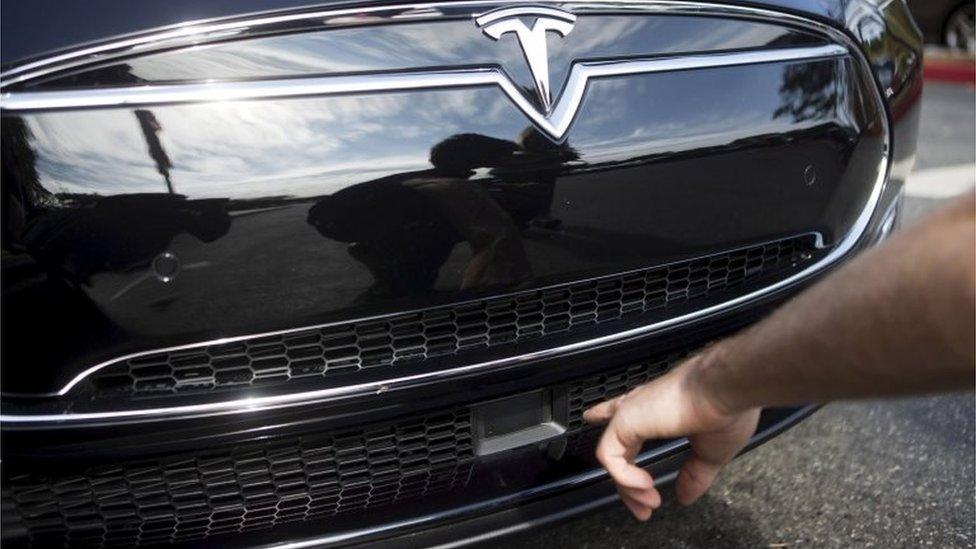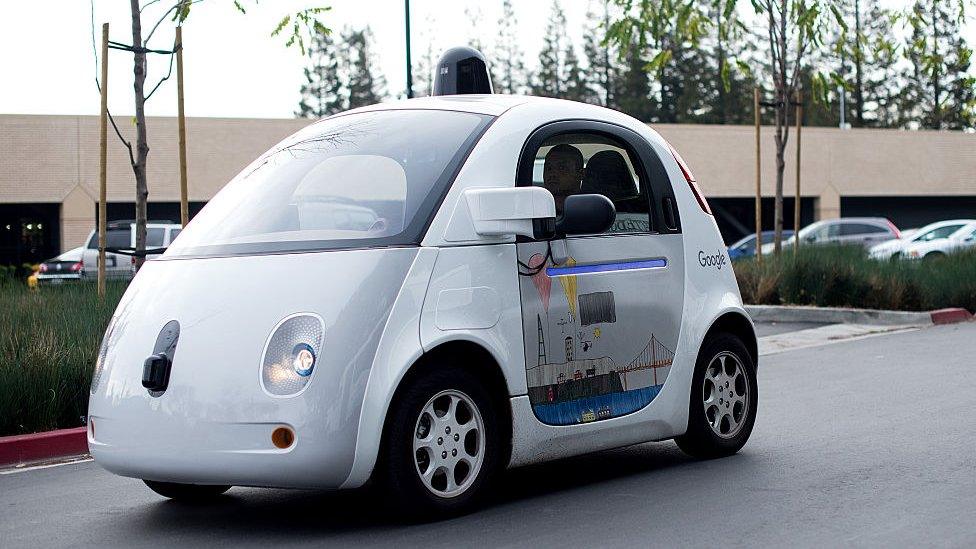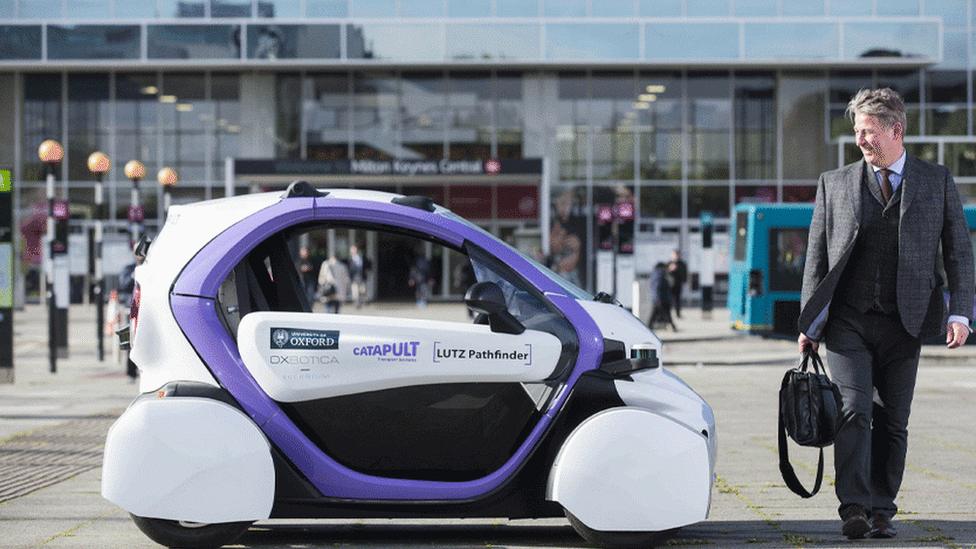British insurers: 'Give us driverless car data'
- Published
The confusion caused by driverless cars
Driverless car technology seems to be advancing at breakneck speed - but the changes this will mean for the rules of the road are proceeding at a slower pace.
Now the insurance industry is calling on carmakers to provide more data showing who was at fault in accidents involving driverless vehicles. The insurers say drivers need to be able to prove that they're not at fault if the technology goes wrong.
The Association of British Insurers wants cars to collect a basic set of core data which would be made available after an accident. The data would cover a period 30 seconds before and 15 seconds after any incident. It would include the exact location of the vehicle, whether it was in autonomous mode or under the control of the driver, and whether the motorist was in the driver's seat and had a seatbelt on.
The ABI's Director General Huw Evans says this data "would offer public reassurance by protecting motorists from being incorrectly blamed if something fails with their car, helping police investigations and supporting prompt insurance payouts."
The UN body which agrees international regulations on vehicle safety is due to bring in new rules on data collection in 2019 and the insurers are hoping to influence that process.

A fatal crash earlier this year in the United States is being investigated; the car was on auto-pilot
In the long term, fully autonomous vehicles could make the roads so safe that there would be little need for motor insurance. But for the next few years, as more cars get autonomous driving features, there could be a period of dangerous confusion for motorists.
That certainly struck me after spending a morning on a test track owned by the insurance industry's Thatcham Research Centre. I sat in a Tesla being driven by Thatcham's Matthew Avery - and reflected that in a few years' time I might be sitting in a passenger seat with nobody at the wheel.
Matthew took his hands off the wheel after switching on the Tesla's Autopilot self-driving mode and explained that on a public road this would not be allowed. He says the rules will change - but gradually: "In 2019 you will be able to buy a car with an autopilot system where you can take your hands off the wheel for up to three minutes. But that will only work on a motorway."

The first fully autonomous vehicles aren't likely to be on the road for several years
But as cars become more automated he admits that drivers will struggle to understand what is, and is not, allowed.
"When the customer can buy a car like this it's going to be confusing to him to understand what is allowed. Do I have to be in control or can I get in the back of the car and have a sleep?" The answer, he says, is no - we will have to wait until the mid 2020s for a vehicle that can be left to get on with the job in all circumstances.
Up until then we are going to be stuck in the messy middle ground - allowing the car to take some of the strain of driving, while keeping our hands hovering over the wheel and our eyes on the road. If that is the case, just how attractive autonomous driving technology will be to motorists - and whether they will pay more for it - must be open to question.
- Published21 October 2016

- Published11 October 2016
